On this day five years ago, the global community decided to prioritize gender equity by declaring October 11 the International Day of the Girl Child. Years before then, the education community made similar commitments to gender equity and set priorities to achieve gender equality in and through education. For those concerned with girls’ education, it may feel as though the conversation has repeated itself year after year: girls face exceptional barriers that keep them from staying in school, and when they do stay in school, they face barriers that keep them from learning. In short, whether in or out of school, girls transition to adulthood without the skills they need to build the lives of their own choosing.
Despite the gains made in girls’ education around the world, the pace is not quick enough. During last month’s United Nations General Assembly meetings in New York City, The International Commission on Financing Global Education Opportunity offered a sobering forecast of the realities that both girls and boys will face by 2030 if the education community carries on with a business-as-usual mindset. Last week, the Global Education Monitoring Report 2016 Gender Review reinforced this message: At the current rate of progress, only 87 percent of countries will achieve gender parity in primary schools by 2030, about 66 percent will reach gender parity in lower secondary schools, and a dismal 30 percent will see equal numbers of girls and boys in upper secondary school.
More optimistically, the Center for Universal Education at Brookings has visualized a breadth of skills movement spanning across education systems, demonstrating how more and more countries are beginning to recognize the need to respond to a rapidly changing world by focusing on 21st century skills development. This combination of somber statistics with hopeful emerging trends not only points to the urgent action needed by education and non-education stakeholders to achieve the equity we committed to in 2011, but also forces us to ask ourselves critical questions about our current approaches. On September 21, we convened girls’ education stakeholders from across the private sector, civil society, and governments, including Girls CHARGE partners, to ask ourselves: Are we offering a breadth of skills in girls’ education programming?
The answer is not simple. And neither is the question, for several reasons:
Indeed, when we talk about skills for girls, what skills do we mean? Whether we label them 21st century skills, life skills, or non-cognitive, socio-emotional skills, it is crucial to be clear about the capabilities that we are discussing and how we have arrived at them.
Are the skills that we talk about different for girls and boys? We know that all children experience life in gendered ways, and we know that girls are particularly vulnerable to gender inequity. So in a world that regards children differently based on their gender, do they need different capabilities to be successful and gain agency in their lives?
Further, when we determine that girls do indeed need a certain set of skills, what are the effective approaches for delivering them? When we discuss choice and agency for girls, we must identify the pedagogical approaches that best support transformational learning and critical engagement with issues of gender and power. Girls’ relationships to others shift and evolve across time and contexts, thus there is a need to be both humble and cautious in girls’ life skills education programming. Skills are complex, dynamic, and context-dependent, and may not translate or be enabled from one setting to the next.
Finally, in a field that is constituted largely of implementers, how do organizations measure skills outcomes for girls while facing the pressures of reporting on the impact of the interventions themselves? How do we find out whether progress has been made toward girls’ education and life outcomes as opposed to evaluating the short-term impact of an intervention?
Join us on this Day of the Girl in asking these and other difficult questions with the hope of building evidence and generating new knowledge on girls’ life skills education. As we seek answers, we turn to local thought leaders, ground-level implementers, and girls themselves to help us gain meaningful insights. We want to learn what the skills girls need to remove themselves from harmful traditional practices while still participating in their family and community lives. We want to know if having senior-level female teachers and in-school mentors help girls transition into the next phases of their schooling and lives. And in a world that is facing intensifying environmental challenges, we want to know how girls’ education programming might best develop girls’ resilience in the face of climate crisis.
Girls’ education is larger than access, and education is larger than literacy and numeracy. But unless we start thinking about transformational learning and breadth of skills for girls and boys, the messages advocating for gender equity that we hear on next year’s International Day of the Girl may indeed begin to sound like a broken record.
The Brookings Institution is committed to quality, independence, and impact.
We are supported by a diverse array of funders. In line with our values and policies, each Brookings publication represents the sole views of its author(s).

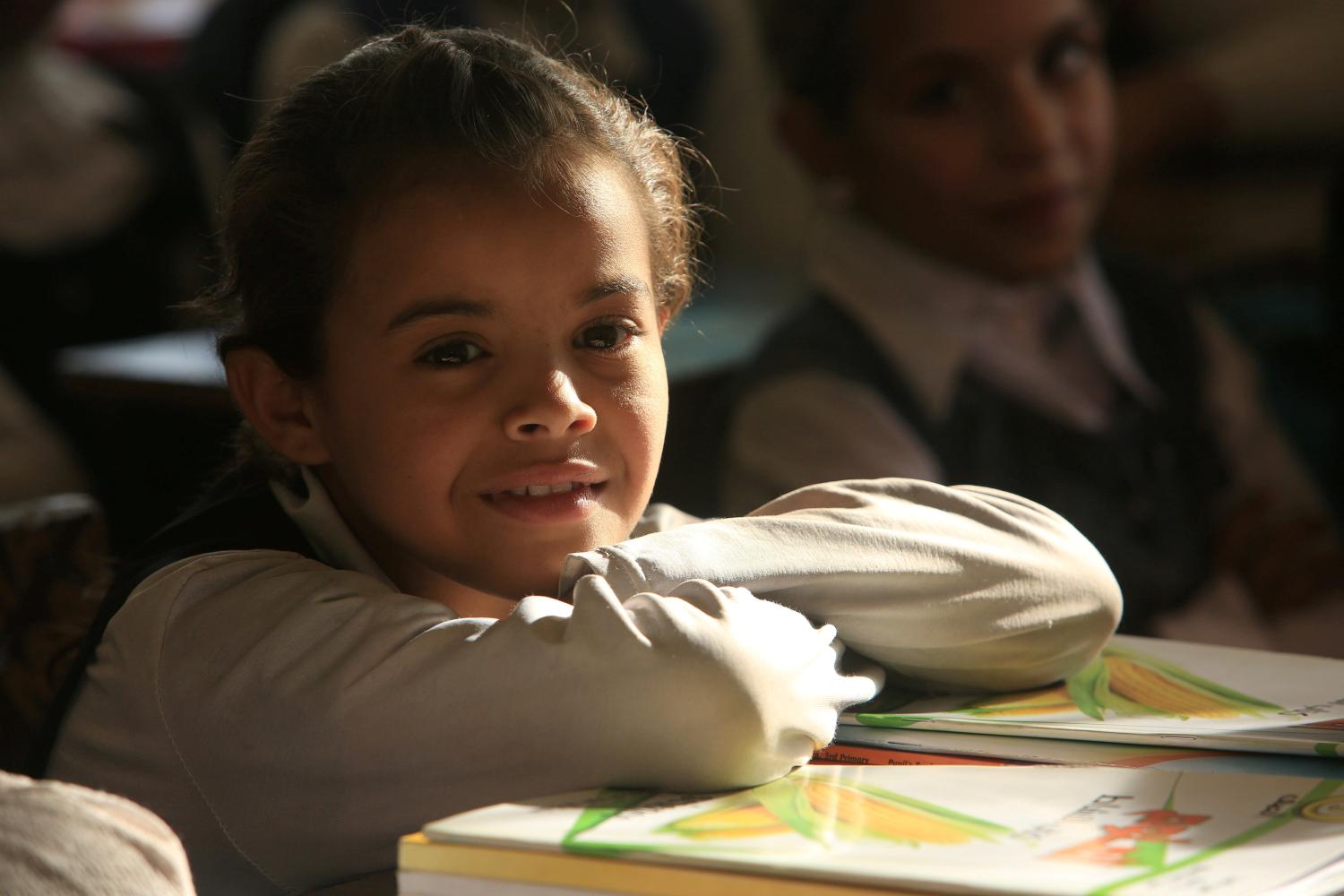
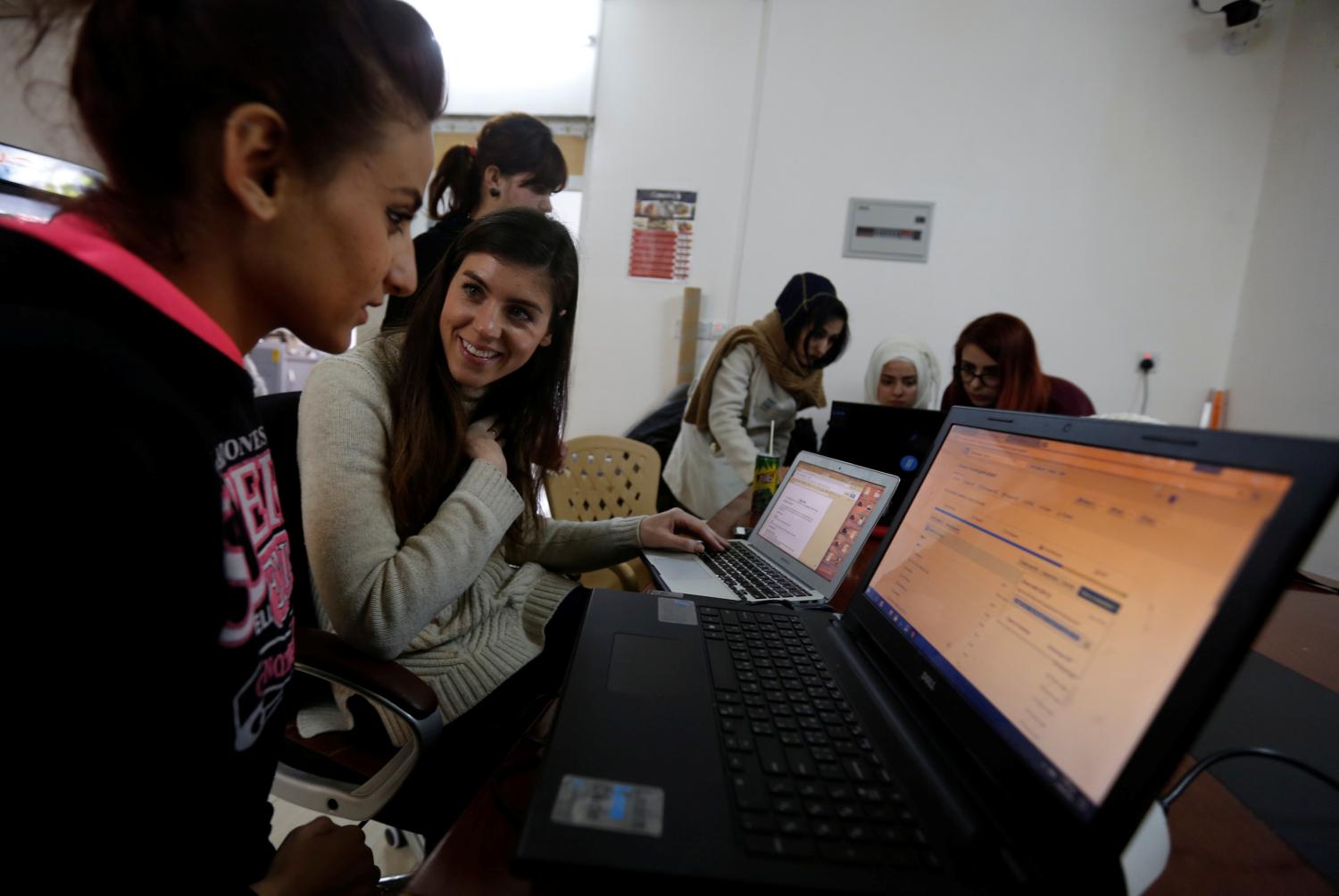
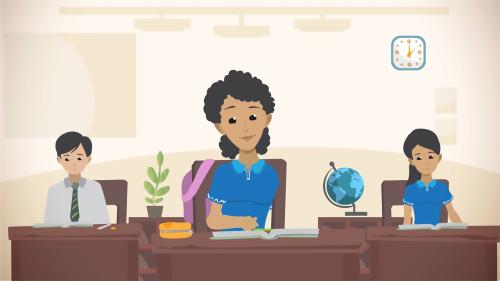
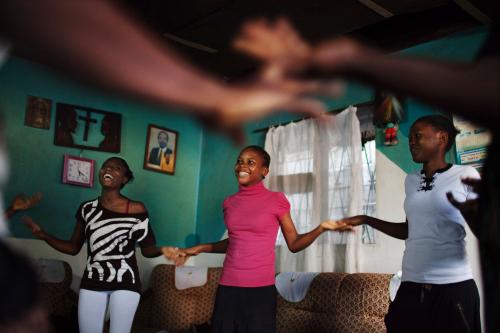
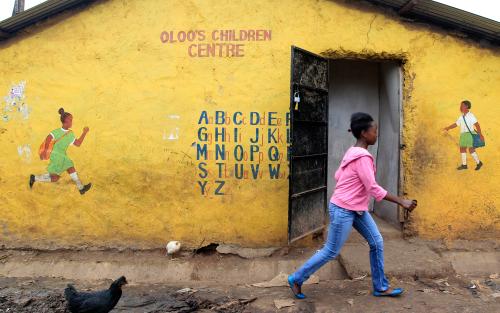



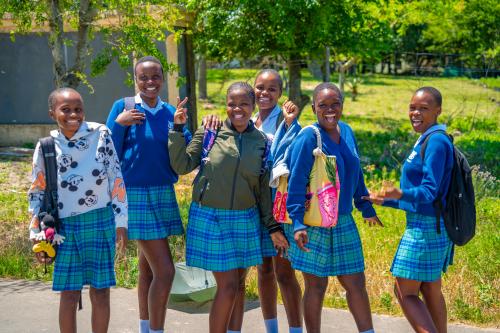
Commentary
Are we offering a breadth of skills in girls’ education programming?
October 11, 2016